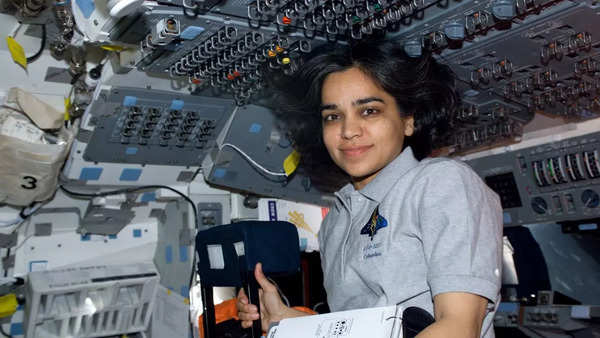There are serious worries regarding their safe return because of this delay.Former U.S. military space systems commander Rudy Ridolfi has alerted the public to the possible dangers facing the astronauts. One concerning prospect is that if the return mission is delayed any further, they would be left with just ninety-six hours of oxygen. The spacecraft’s re-entry angle is crucial, according to Ridolfi. The capsule may burn up on re-entry or bounce back into space if it is not properly positioned. In worst-case circumstances, the spacecraft may burn up before reaching Earth if the Starliner’s Service Module tilts the capsule at an excessive angle.
Kalpana Chawla, another prominent NASA astronaut, tragically lost her life in a similar catastrophic event. Chawla was part of the Space Shuttle Columbia mission STS-107, which launched on January 16, 2003. The mission was a dedicated science and research flight, with experiments ranging from life sciences to materials science. On February 1, 2003, as Columbia re-entered Earth’s atmosphere, disaster struck. A piece of foam insulation had broken off from the external fuel tank during launch and struck the left wing of the orbiter. This damage compromised the thermal protection system, which is crucial for safe reentry. As Columbia descended, the damaged wing allowed superheated atmospheric gases to penetrate the orbiter, leading to its disintegration over Texas. All seven crew members, including Chawla, perished in the disaster.

Kalpana Chawla tragically lost her life as did the other astronauts aboard the Columbia mission in 2003. Source: NASA
The potential for Sunita Williams to face a similar fate is a real possibility and emphasizes the inherent dangers of space travel. The Boeing created Starliner spacecraft is used to carry people to and from the International Space Station. However, the recent technical issues have highlighted the challenges and risks associated with space missions. The spacecraft’s thrusters malfunctioned, preventing it from undocking from the ISS and returning to Earth as planned.
NASA and Boeing are working diligently to resolve the issues and ensure the safe return of Williams and Wilmore. The primary concern is the spacecraft’s reentry angle. If the angle is too steep, the heat shield may not withstand the extreme temperatures, leading to the potential vaporization of the astronauts. This scenario is eerily reminiscent of the Columbia disaster, where a compromised thermal protection system led to the tragic loss of the crew.
Kalpana Chawla’s legacy continues to inspire future generations of astronauts and scientists. Born in Karnal, Haryana, India, Chawla moved to the United States to pursue her dreams of space exploration. She earned her doctorate in aerospace engineering and joined NASA in 1994. Her first spaceflight was aboard the Space Shuttle Columbia in 1997, where she served as a mission specialist and primary robotic arm operator. Her second and final mission was STS-107, which ended in tragedy.
Sunita Williams, born in Euclid, Ohio, to Indian-American parents, has also had an illustrious career with NASA. She holds the record for the longest spaceflight by a woman, with a total of 322 days in space. Williams has participated in multiple spacewalks and has been a key figure in the development of the ISS. Her current predicament highlights the ongoing challenges of space travel and the importance of rigorous safety measures. As NASA and Boeing work to bring her safely back to Earth, the lessons from past tragedies like the Columbia disaster serve as a warning of the risks involved in exploring the final frontier.
National Space Day: Chandrayaan-3 Was Unique, Isro Preparing 25-Yr Long Term Plan

